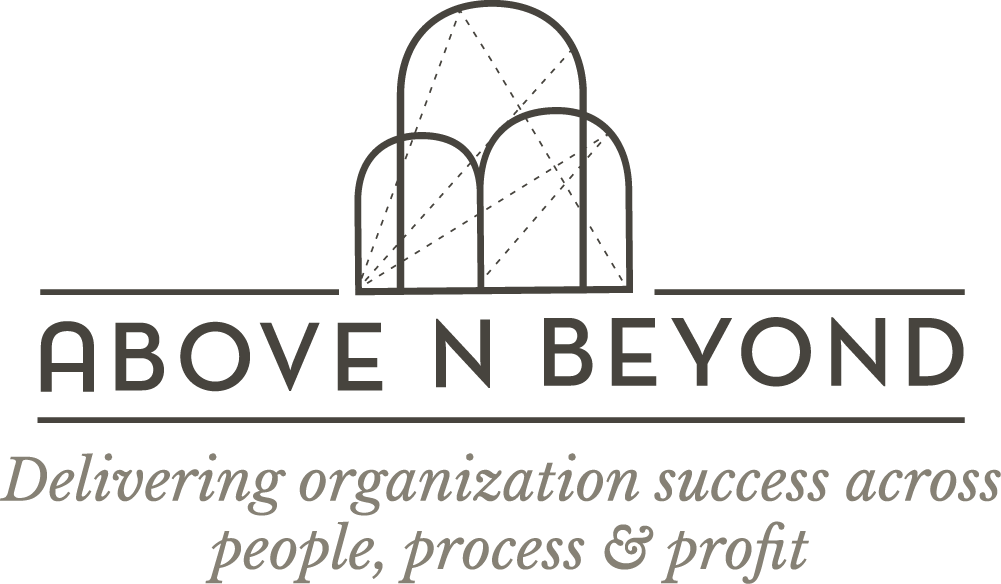
What It Means To ‘Design’ Communication For Execution
“Good business planning is 9 parts execution for every 1 part strategy.” – Tim Berry.
Well, we couldn’t agree more. As much as we talk about the importance of execution, we also need a plan in place to implement this across the companies we work with; a framework and a compass, if you will.
Designing a strategy is crucial for execution. Within strategic planning and design, nests Communication.
Effective communication does not simply happen; it needs to follow certain channels and protocols to minimize chaos and wasted effort as a result of crucial details getting “lost in translation.” The true test of communication flow that works lies in two broad parameters – how little of it happens in pockets and silos necessitating a repeat of information sharing and how seamlessly it reaches the right folks for clarity in critical decision-making.
What Design Brings To Effective Communication
Structure and systems are what bring in that vital neural connection. They excise silos in communication, which is often the biggest deterrent to execution. Take, for example, the various methods available for communication and project tracking available today. One may be expecting a Trello notification, but the concerned person sends a mail instead, which is not seen till the next morning. Valuable time, and perhaps an opportunity may be lost in the interim. This is an elementary example, but there are plenty of instances where gaps in communication can lead to major issues.
Cross-team/ cross-functional communication is another beast altogether. Consider a typical startup where everyone has to be all-systems-go, all the time. A person in the field may have to relay an important lead or message to someone at a desk. Crucial document-sharing may need to take place. Time-sensitive info needs to be disseminated. For instance, Marketing (external/customer-facing) teams need to know in advance what product changes are in the works. Only then can they effectively and correctly position the service or product to customers.
On the other hand, engineering or R&D (internal facing) teams need to have an understanding of customers’ buying habits and real-world needs to inform product development. Only communication can bridge this chasm and get teams to work together towards the big picture.
In a different everyday scenario, if Tech prefers to use Google Drive for document sharing, Marketing prefers traditional email with attachments, Business Development wants active discussions on Facebook Workplace groups per project, this could lead to a lot of duplicated effort, plus details falling through the cracks, or ideas never being documented.
In a fast-growing company, the number of channels of communication also can grow exponentially. A structured framework designed well in advance separates the wheat from the chaff and sets boundaries and protocols.
All of this highlights the needs for System and Structure even within the communication framework of a company. When setting up these systems, startups often wonder if this might stop them from being agile if a process has to be followed for everything. However, as the business grows, this is often the best approach that allows for easy communication across large groups of people.
Designing A Communications Structure For Effective Execution
The payoff of a well-designed communications strategy is quite visible in execution:
- Prevents important data ideas and insights from being lost
- Prevents intellectual isolation of a person or team
- Prevents misunderstandings
- Establishes a chain of custody- sort of
- Imbues a sense of ownership
- Advocates consistency and coordination
Designing a communications strategy makes you examine your organizational structure from a brand-new perspective: from the outside in. It makes you ask a few hard questions:
- How hierarchical is the set-up? Does a message have to go through various layers before it reaches the right person?
- Does communication happen in silos?
- Is there cross-functional, cross-team communication? How effective is it?
- Does every team have a basic understanding of the other team/department’s nature of work, and how it impacts their own?
- Are all teams on the same page over what needs to be given priority, and what not?
- Do the right people get timely updates on any course-corrections?
- Are people apprised of new, suddenly lucrative side projects that may take away a collaborator on their project?
- Is everyone equally focused on the outcome?
Designing a communications strategy pertains to infusing communications efforts with both an agenda and a master plan. A communications strategy should be designed to bypass the tendency of fast-moving enterprises to “move on” based on assumptions instead of discussions and data.
Designing an Effective Communications System
The ‘what to address’ is only one half of the equation. The ‘how’ is the other part, where System comes in. And no system is complete without an “Early Warning” component.
Wikipedia defines an early warning system as a chain of information communication systems comprising sensors, event detection and decision subsystems. They work together to forecast and signal disturbances that adversely affect the stability of the physical world, allowing time for the response system to prepare for the adverse event in advance, and minimize its impact.
What works in the physical world can also apply to the work sphere, albeit in a different format. For early warning systems to be effective, the active involvement of communities at risk is a crucial ingredient. Educating about risk factors, disseminating alerts and ensuring a consistent state of preparedness is vital.
An effective early warning system accomplishes four main functions:
- Risk analysis
- Monitoring and warning
- Dissemination and communication
- Response capability
These four principles or pillars of a standard early warning system in the physical realm can also be applied towards designing communication systems for the modern workplace to fix the communication matrix before it breaks. A startup or small company on a rapid growth path must have an internal communications system that will hold up to the pressure as it scales.
A communications system must be designed to expand to include a working knowledge of topics beyond one’s immediate domain. It must encourage and support gaining an understanding of cross-functional technical challenges and solutions.
At Above and Beyond, we take a proactive approach to creating processes for communication and getting employees into the habit of using them. We set company-wide business goals and objectives. We create a transparent and easy-to-implement road-mapping, communication channels, and reporting processes accessible to everyone within an organization.
When setting up these systems, startups often wonder if this might stop them from being agile if a process has to be followed for everything. However, as the business grows, this is often the best approach that allows for easy communication across large and growing numbers of people.
